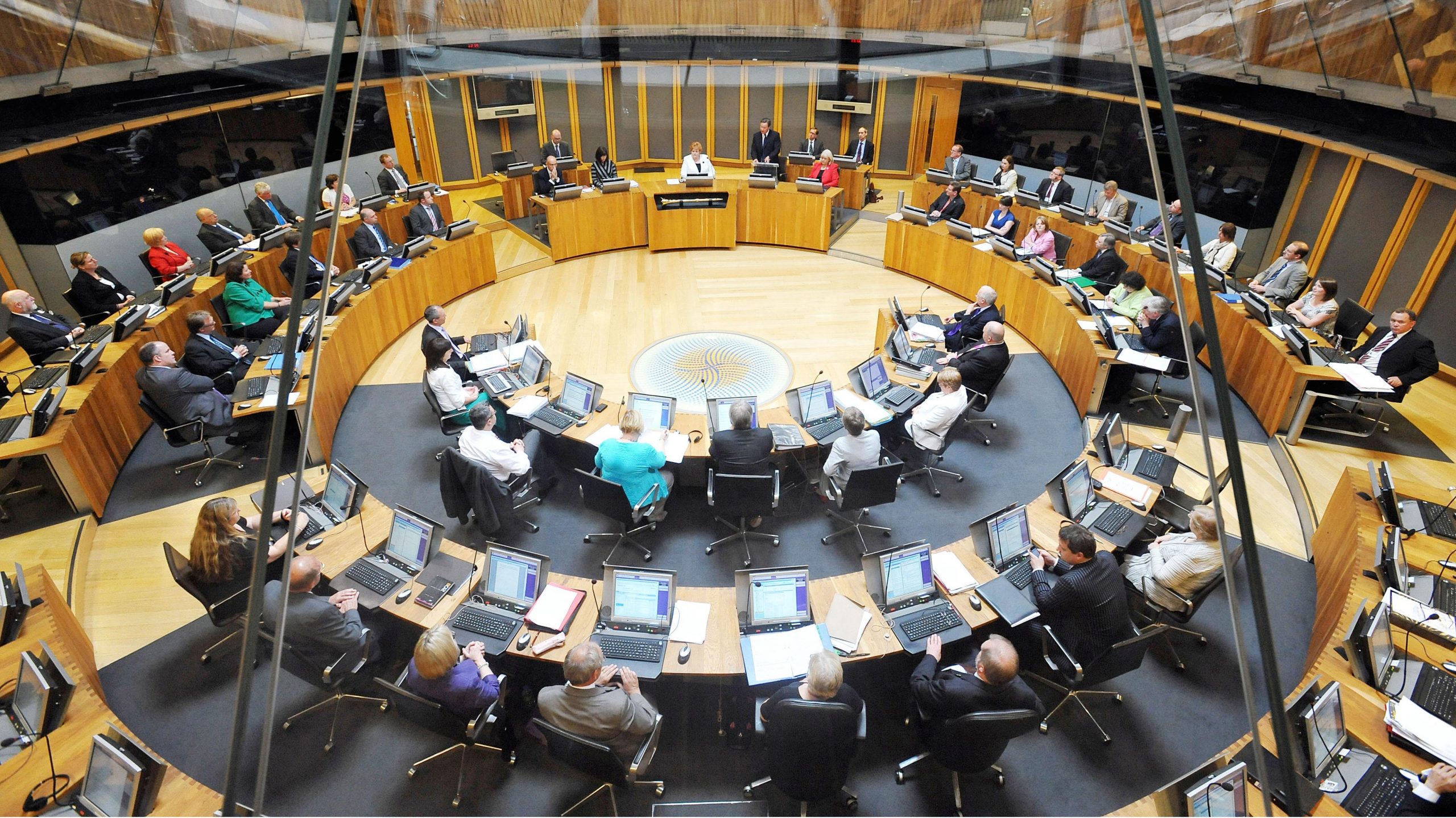Grocery price inflation reached a new record in August, according to fresh research released on Tuesday, with Britons further switching to cheaper lines and discount supermarkets.
Take-home grocery sales increased 3.8% in the 12 weeks ended 4 September according to Kantar, making for the third consecutive month that the sector’s sales grew after more than a year in decline as a result of comparisons with the Covid-19 pandemic.
The rise came as grocery price inflation hit 12.4% during the month, reaching a new record based on Kantar’s data.
“It seems there’s no end in sight to grocery inflation as the rate at which food and drink prices are increasing continues to accelerate,” said Fraser McKevitt, head of retail and consumer insight at Kantar.
“Now standing at 12.4% for August, the latest figure means that the average annual grocery bill will go from £4,610 to £5,181 if consumers don’t make changes to what they buy and how they shop to cut costs – that’s an extra £571 a year.
“Categories like milk, butter and dog food are jumping up especially quickly at 31%, 25% and 29% respectively.”
McKevitt said that in the “fiercely competitive” sector, supermarkets were reacting to ensure they were seen to acknowledge the challenges consumers were facing, and offer best value, in particular by expanding their own-label ranges.
“Their efforts seem to be well received by consumers with sales of the very cheapest value own-label products up by 33% this period versus a year ago and nearly one in four baskets containing one of these lines.
“Overall spending on all retailer own-label lines was £393 million higher during the latest four weeks, pushing own-label’s share of the market to 51.1%.”
Kantar said shoppers were taking steps to manage their budgets including broadening the range of stores they visit, with the discount grocers benefiting.
Aldi’s sales rose by 18.7% over the 12 weeks to 4 September, reaching a 9.3% market share and making it Britain’s fourth largest supermarket for the first time.
Lidl, meanwhile, grew sales by 20.9% and its market share increased to 7.1%.
“Back at the start of the 2010s, Tesco, Sainsbury’s, Asda and Morrisons together accounted for over three quarters of the sector, but that traditional big four is no more,” Fraser McKevitt said.
“The discounters have seen dramatic sales increases in recent months, bringing more and more customers through their doors.”
Iceland won market share in the latest period, with its sales 5.8% higher than in 2021, while Tesco, Sainsbury’s and Asda all achieved their best sales performance since April last year.
Tesco’s market share now stood at 26.9% following a 1.9% boost to sales, while Asda currently held 14.1% of the market following 2.2% sales growth.
Sainsbury’s accounted for 14.6% of the market, while Co-op held its 6.5% market share while securing a 2.7% increase in sales.
Morrisons held 9.1% of the market, Waitrose had a 4.7% overall share, and online grocery specialist Ocado had 1.7% of the market.
Reporting by Josh White at Sharecast.com.
















